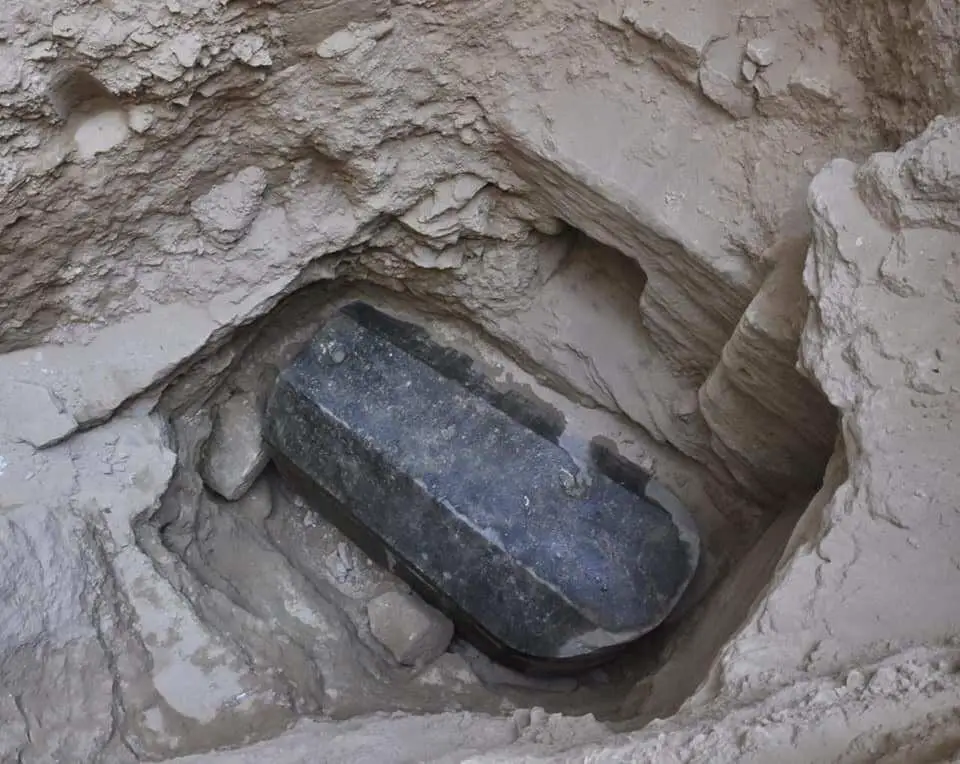The discovery was made during a construction survey, prior to digging the foundations of a new development in the Sidi Gaber district.
The tomb dates from around the Ptolemaic dynasty (305 to 30 BCE) and contains a large black granite sarcophagus, measuring 185 cm by 265 cm with a width of 165 cm and is the largest sarcophagus to be uncovered in Alexandria to date.
The Ptolemaic dynasty was a Macedonian/Greek royal family, which ruled the Ptolemaic Kingdom in Egypt during the Hellenistic period. Founded by Ptolemy, one of the seven somatophylakes (bodyguards) who served as Alexander the Great’s generals and deputies, was appointed satrap of Egypt after Alexander’s death in 323 BCE. In 305 BCE, he declared himself Ptolemy I, later known as Sōter “Saviour”.
The Egyptians soon accepted the Ptolemies as the successors to the pharaohs of independent Egypt where Ptolemy’s family ruled until the Roman conquest of 30 BCE.
Dr. Ayman Ashmawy Head of the Ancient Egyptian Antiquities Sector said that “the tomb was found at a depth of 5m. A layer of mortar between the lid and the body of the sarcophagus indicates that it has remained closed since antiquity.”
The sarcophagus is unmarked, although a badly eroded alabaster bust found nearby might be a likeness of the tomb’s occupant.
Ministry of Antiquities
Header Image Credit : Ministry of Antiquities





